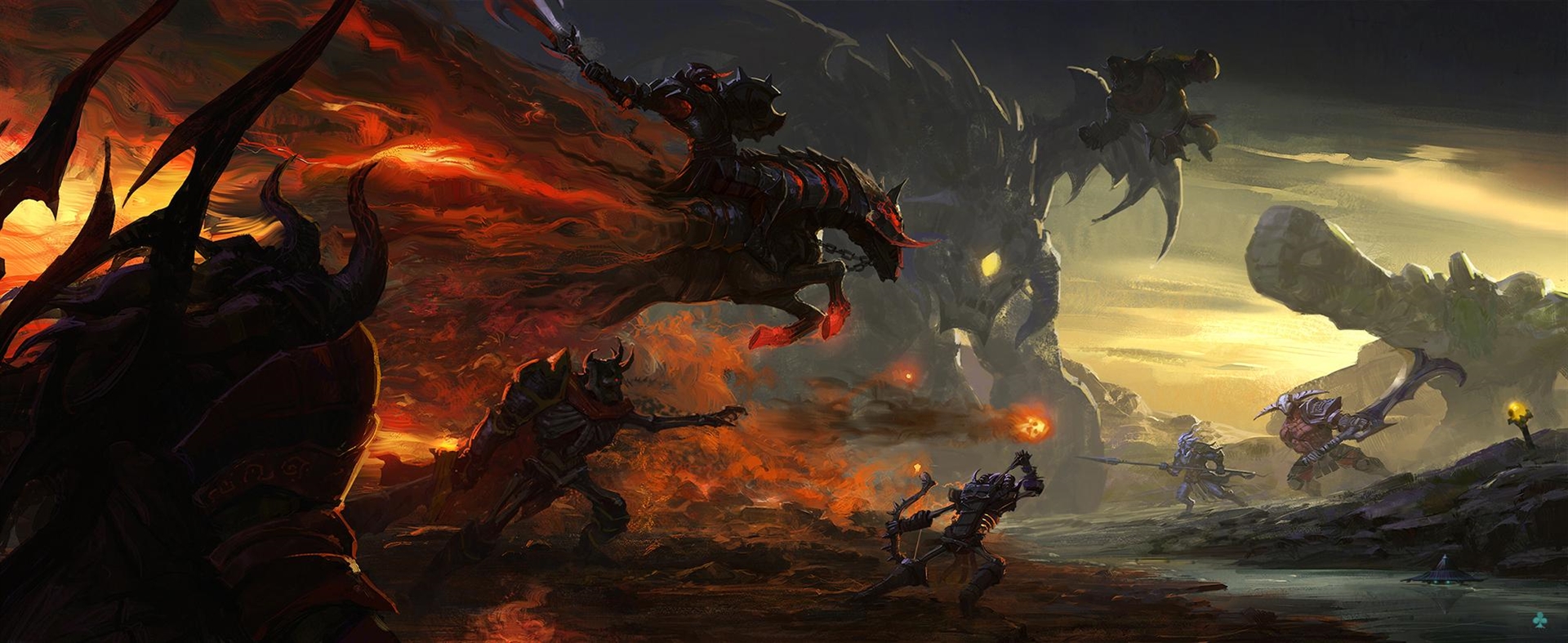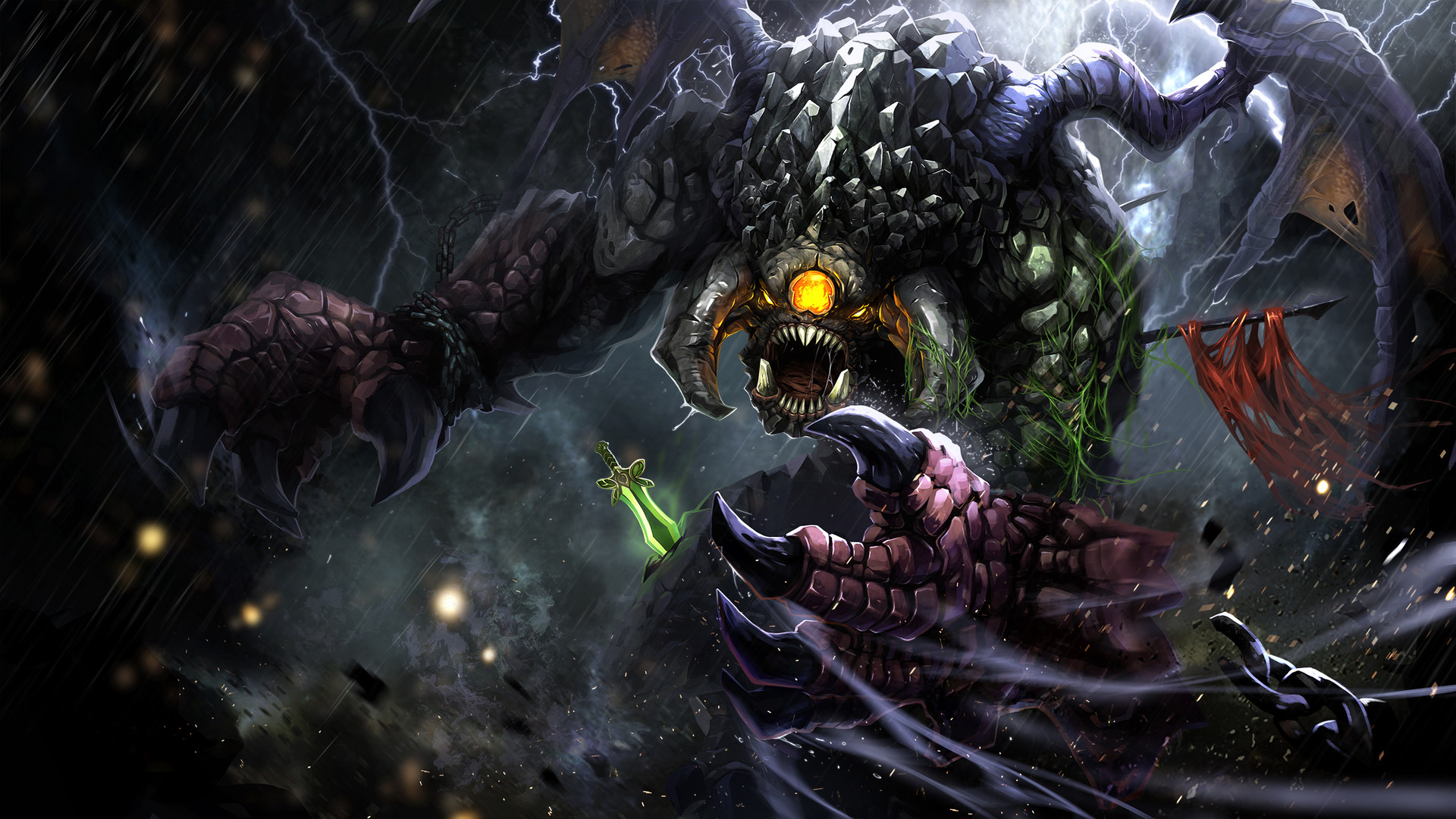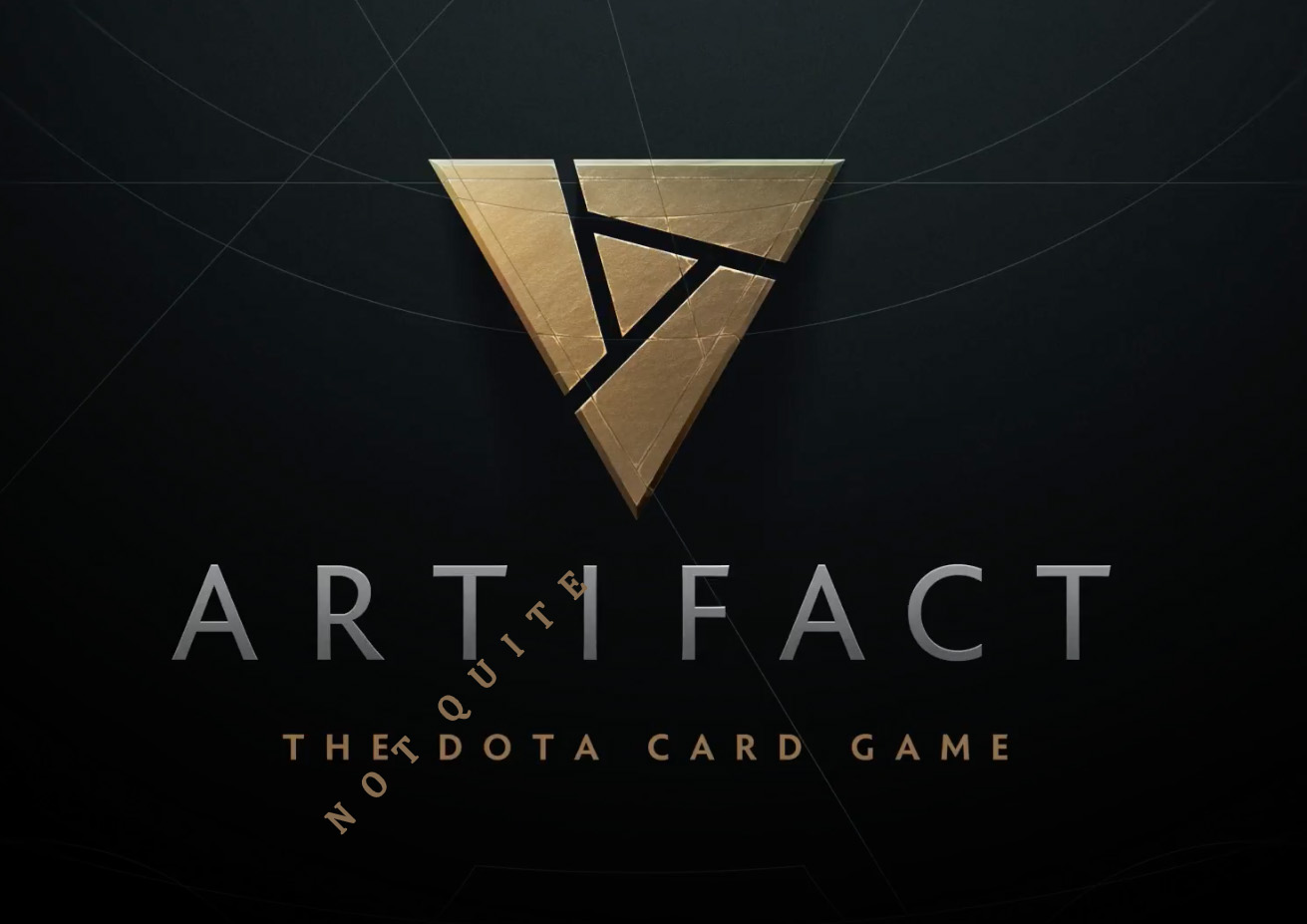Well with Artifact now coming out soon and streams and videos of it being broadcast into the wild, the game's own description states "based upon the universe of Dota 2" but is it? it seems as if the game is a lot less "Dota Card" game and much more "just another card game" instead.
The developers seem to have opted in creating their own batch of unique and complicated mechanics almost to justify the existence of the game itself as opposed to actually implementing core classic Dota mechanics into a card form in some way.
Here are many ways that this game could have been interestingly done based on the iconic signature mechanics that made Dota what it came to be.

Lanes.
In Dota the 3 Lane mechanic was created, 3 paths that lead from base to base which cross between jungle areas covered by Fog Of War. In the card game the 3 lanes still exist but they serve little to no purpose, as the game simply moves from lane to lane in turns and they seem to display literally no differences between each other.
While in Dota, the lanes mattered a lot, with 5 players on each team it meant that (typically) the players would divide themselves between 2 on the Top Lane and 2 on the Bottom lane leaving 1 player by themselves on the Middle lane, that player would gain experience and gold far faster because they wouldn't need to share it with another player on their lane which means that middle lane spot was (typically) reserved for characters that could capitalize on that by farming and preparing for late game or quickly rising in levels to gank the other lanes and things like that.
Gank: To flank, a player in a middle lane for example would leave their lane and travel across the Fog of War attempting to be unseen in order to surprise attack the top or bottom lane together with the 2 other allies.
This mechanic created different kinds of playstyles that were iconic to Dota, for example putting a big guy like Pudge on the middle lane because of it's classic hook mechanic that was extremely useful in ganks, or putting a major late game carry-like agility hero on the middle lane in order to farm up and come into play later in the game.
With a Dota Card game it would have been interesting to use the draw of the deck to determine which heroes you end up getting early versus late game and how you would deploy them between all 3 lanes, maybe you get lucky and would get a Pudge-like character perfectly fitting for a middle lane or perhaps you wouldn't get lucky and would have to adapt strategies or perhaps a player would intentionally put an odd middle lane character on the board to throw the opponent off its game, as mindgames played another heavy role in what made Dota an iconic game.
But with Artifact the lanes don't provide more or less exp or gold or anything that could differentiate them, and the lack of lane differences means that whole iconic mechanic is not present.

ITEMS.
Another core mechanic of the game were items, but not just the existence of items themselves but the creation of more powerful items by combining different recipes in the game. While there were plenty of smaller cheaper items that could provide a small boost in stats early in the game, most players (typically) would read the game's situation and which heroes were present in the current match and decide what item they would start to work towards obtaining, different items would provide many different abilities or further enhance different heroes' special moves or even be used for countering different heroes' abilities, predicting what the opponents would most likely attempt to use as once again mindgames were incredibly important.
But in Artifact, as far as I could tell so far, most items obtained in the shopping phase are simple one-off items that could change the game drastically but don't offer the same level of depth and strategy and playstyle - building that the combination items would provide.
Aegis of the Immortal.
Yet another iconic part of Dota was a little fella called Roshan. Roshan is a huge monster that has its own lair in the game and it remains there until someone is brave and strong enough to dare try to kill it, usually with a dedicated party as doing it solo was no small feat. Roshan would reward players with a one-of-a-kind item and a big chunk of exp and gold but what is most interesting is how the location of its lair was always the same, so players would use it in their strategy for each match. Perhaps players would want to wait for the other team to attempt venturing in the lair just to ambush them and kill them, perhaps the team would want to rush in there themselves early in the game (as early as possible after getting strong enough), either way the location was available for both teams and that heavily impacted the overall strategy and opened many opportunities.
It would have been incredibly interesting to attempt to implement such a thing in a Card game, like a special card that could exist face down on the board always in the same location, and players depending on their draw and playstyle could attempt to move their units to that location revealing one of many possible randomly drawn versions of the monster.
Either way, the idea of attempting to implement these iconic mechanics into a card game would be interesting, how would a developer do it? What different strategies would be required for pulling them off? What skills would players from Dota be able to use in this card format? But instead it seems that the developers opted for not trying at all, creating different unique mechanics in their stead.

Ultimates.
Finally one of the most iconic mechanics to be popularized in Dota and the creation of MOBA games were Ultimates and Combos between character's special abilities, characters with abilities that could stun or grip or slow down opponents would chain their powers alongside teammates that could use abilities to deal damage and capitalize on the like.
While Artifact can display some combos between the cards and some special abilities as well as items obtained during the shopping phase, it does not appear as if the hero cards actually maintained their unique abilities and ultimates from the game, which would have been an amazingly interesting mechanic in a card game, utilizing the random draw of the deck to build up your unique combos and playstyle per match.
All in all Artifact may or may not be just as good as other card games like Magic and Hearthstone, but that is all it would end up being because it could have been something far more unique and interesting than that, it could have been a true Dota Card game.


